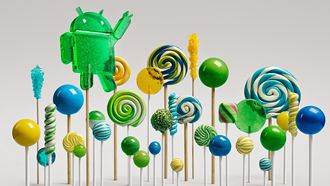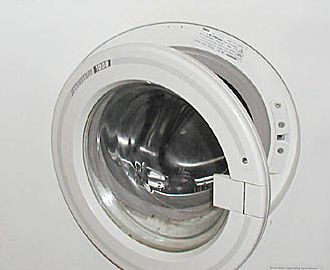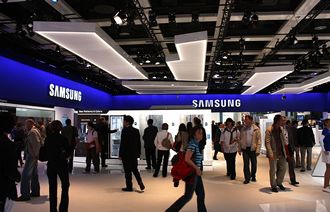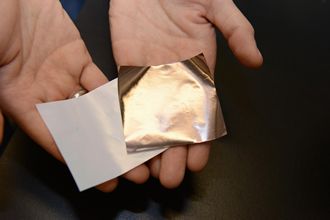 Sales of notebooks in the third quarter of this year are only up by 2.6 percent compared to the same quarter last year, despite bullish talk by vendors like Microsoft and Intel.
Sales of notebooks in the third quarter of this year are only up by 2.6 percent compared to the same quarter last year, despite bullish talk by vendors like Microsoft and Intel.
Digitimes Research said shipments for the calendar third quarter amounted to 45.198 million units, with HP being the top dog worldwide.
HP had a market share of 21 percent, Lenovo 20.9 percent, Dell 12.5 percent, Acer 9.7 percent, Apple 8.5 percent, Asustek 8.3 percent and Toshiba 6.2 percent, the Taiwanese research unit estimated.
These of course are the brand names, but many of the notebooks are made by original design manufacturers (ODMs) based in Taiwan. These ODMs accounted for a significant 36,958 notebooks in the quarter.
The ODM battle is fought between Compal (34.5%), Wistron (15.7%), Inventec (6.7%) and Pegatron (5.7%).
Digitimes Research also breaks out the shipments in terms of screen sizes with 8.2 percent being sub 12 inch models, 13 percent 12 inch notebooks, 13 percent 13 inch units, 22.7 percent 14 inch units, 47.2 percent 15 inch notebooks and 6.1 percent 16 inches and above.
The market research unit does not, however, appear to have provided figures for touch and non touch screen machines.




















